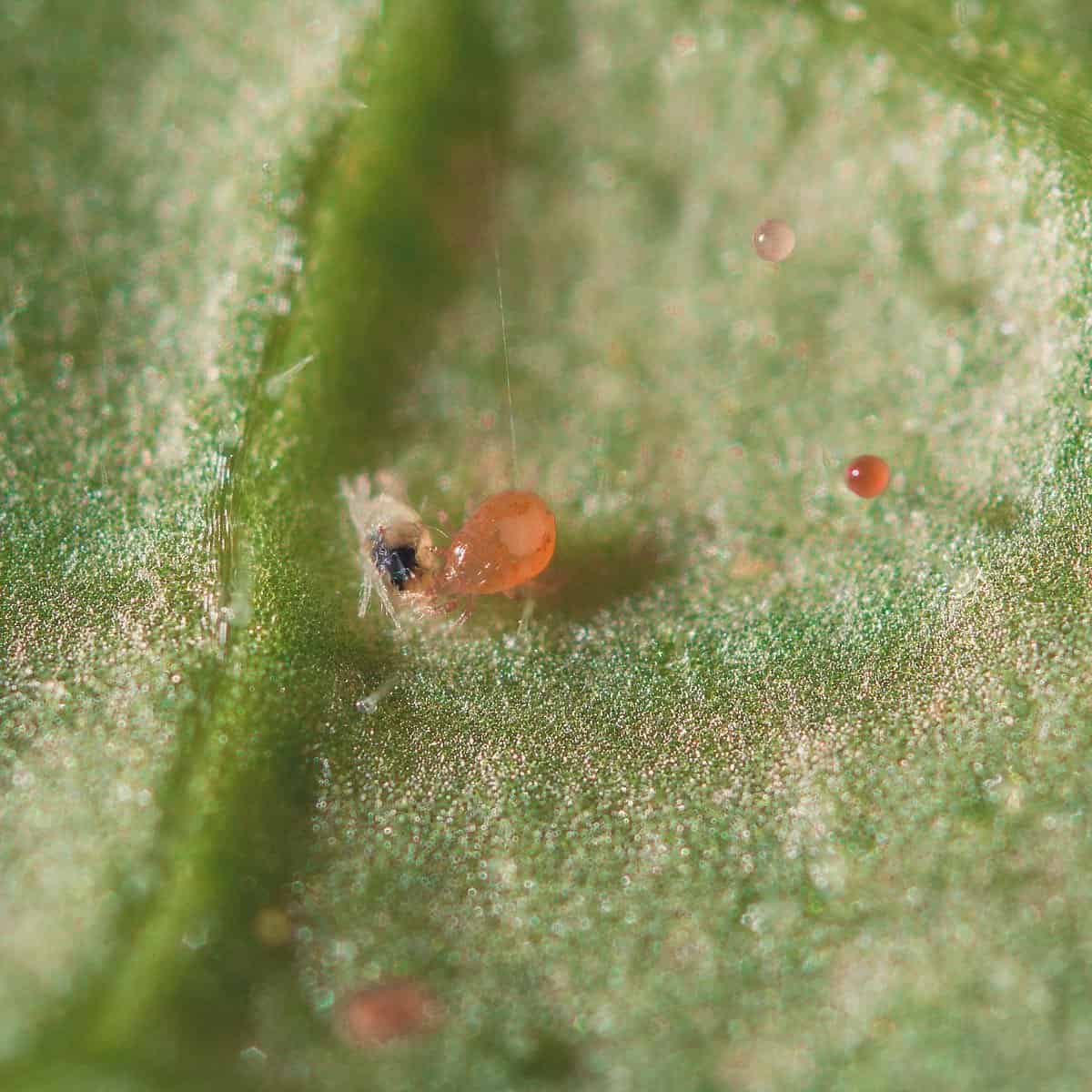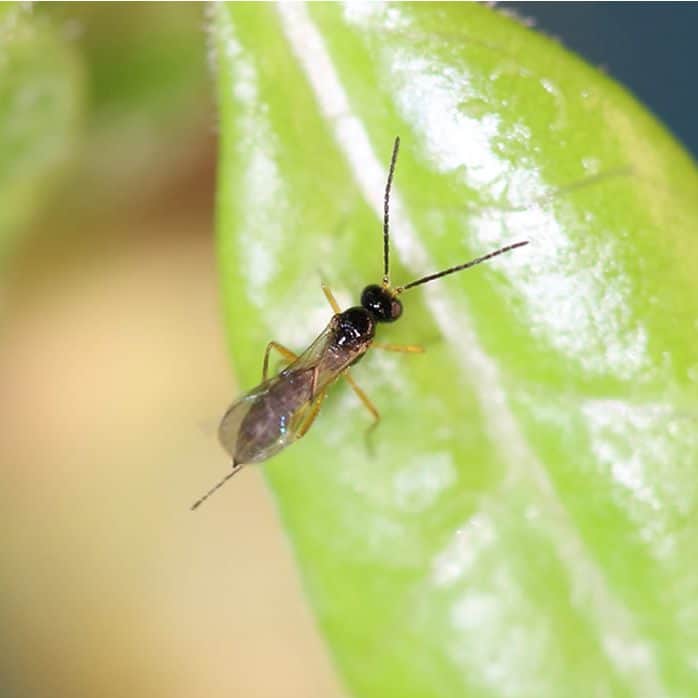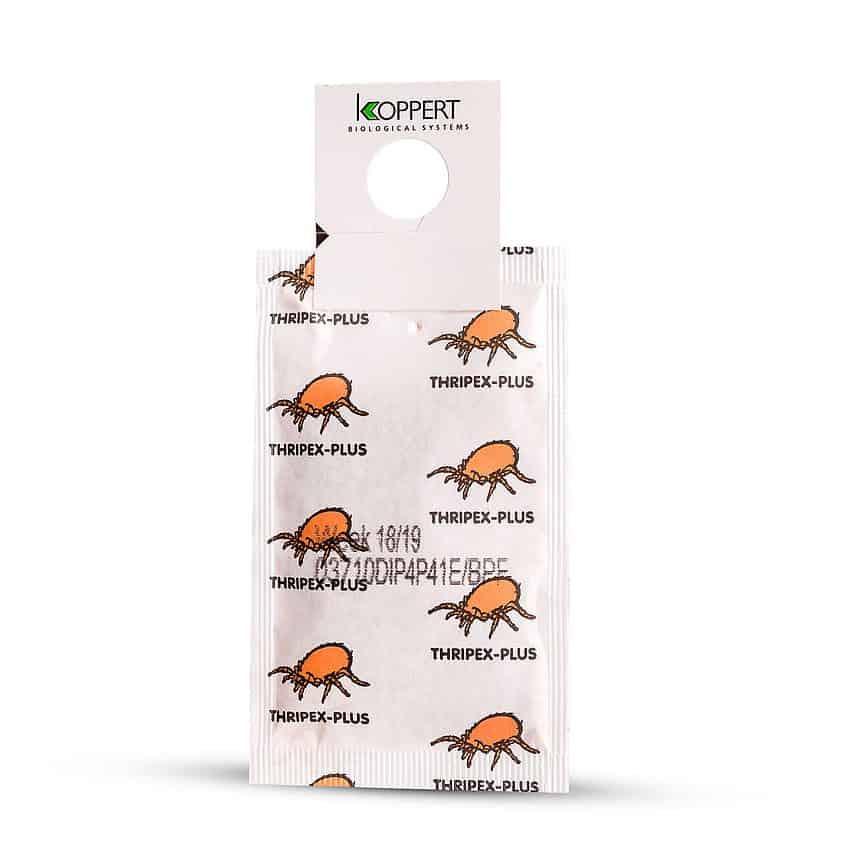Harmful Effect
Japanese beetle adults attack the foliage, flowers, or fruits of more than 300 different ornamental and agricultural plants.
Description
Feeding on grass roots, Japanese beetle grubs damage lawns, golf courses, and pastures.
What to expect
The Japanese beetle is a highly destructive plant pest that can be very difficult and expensive to control.


